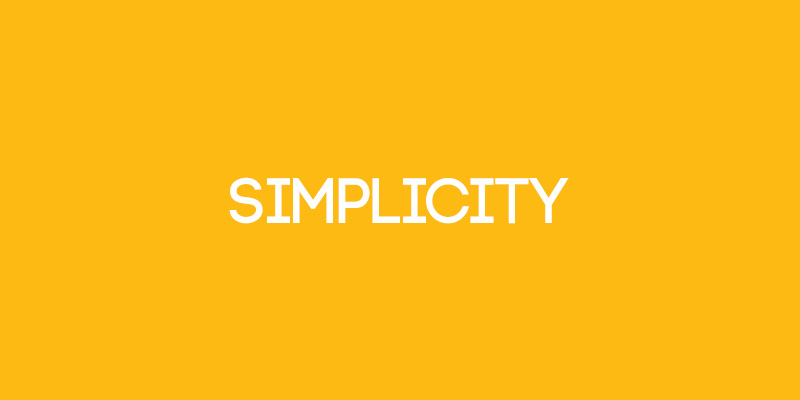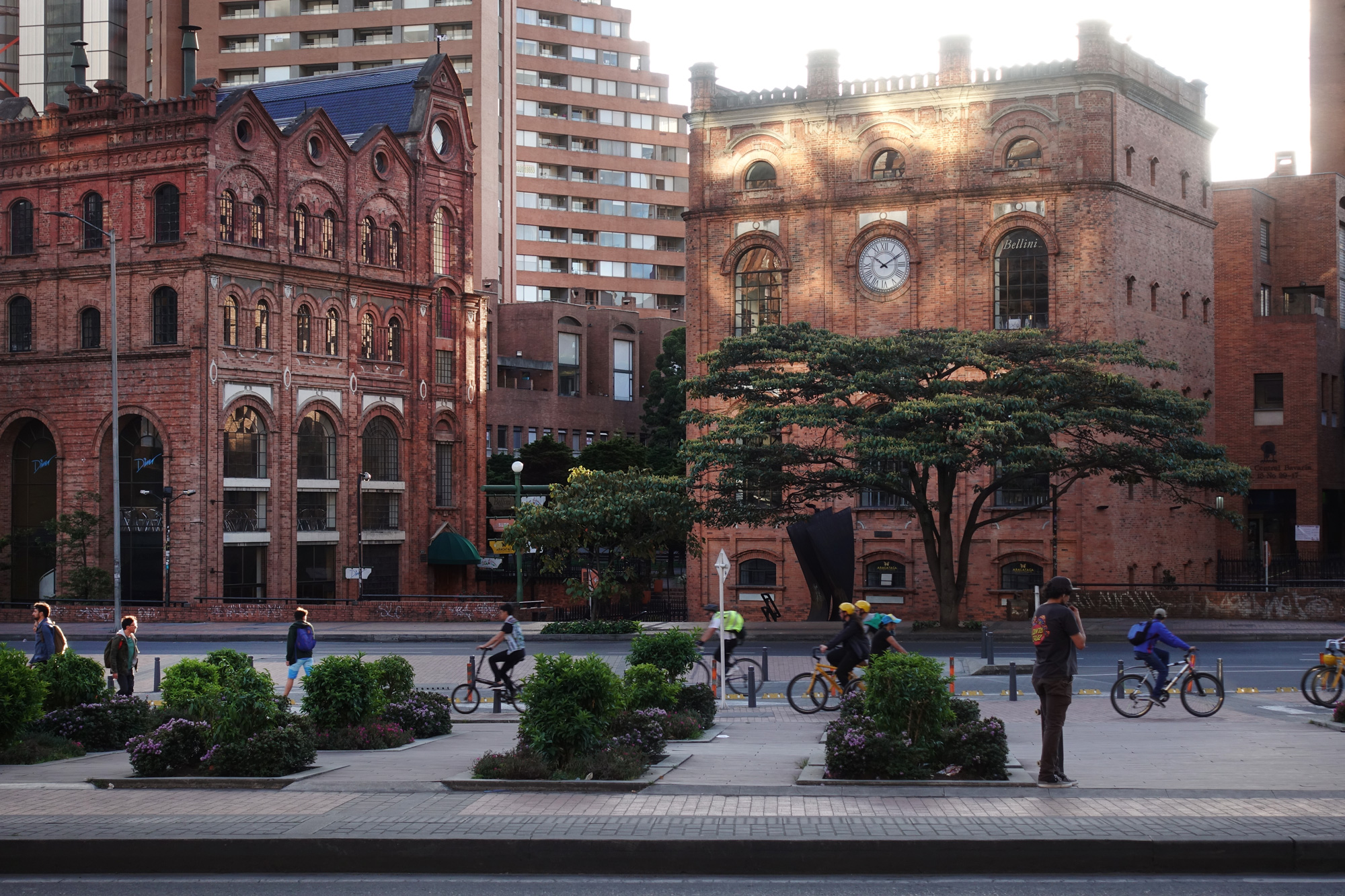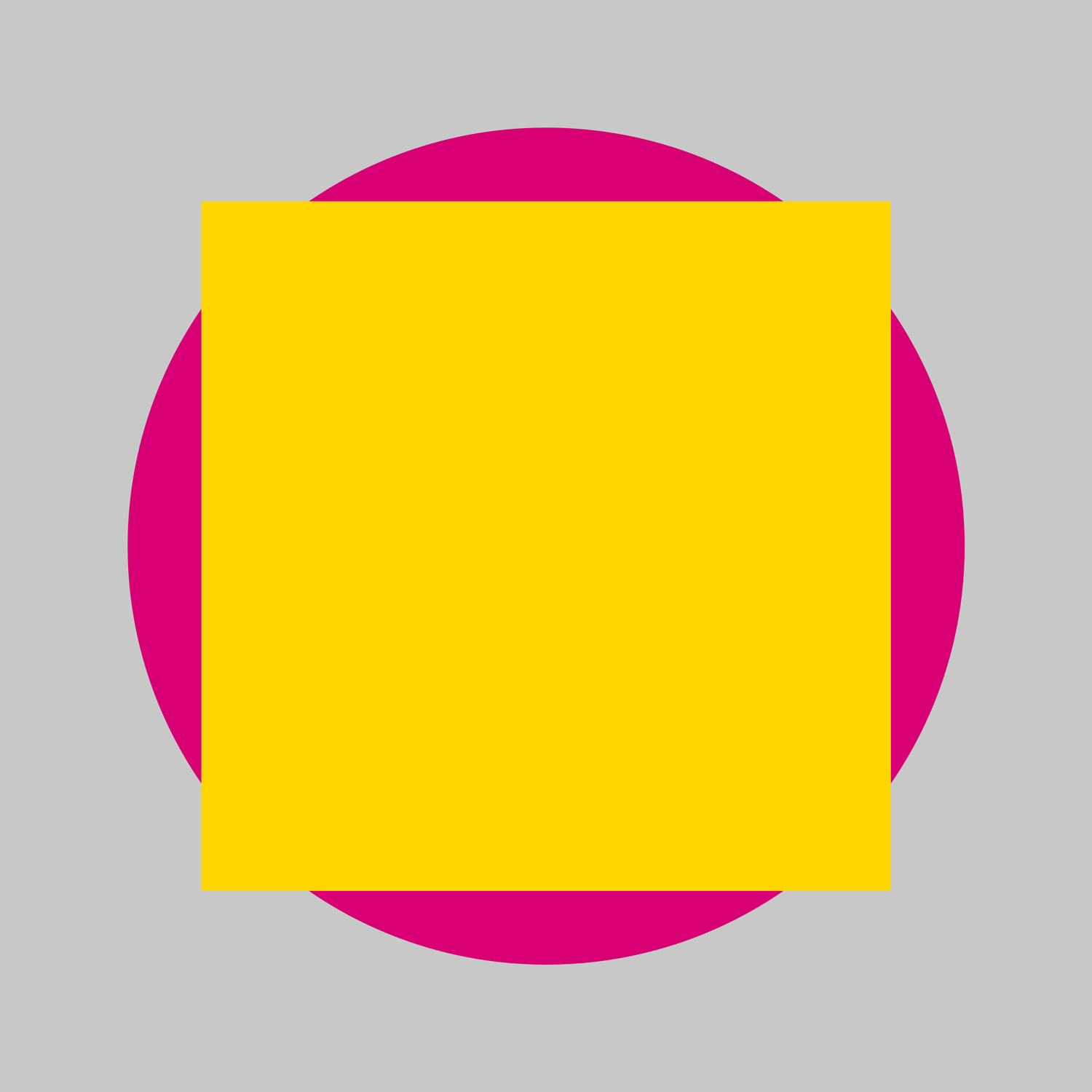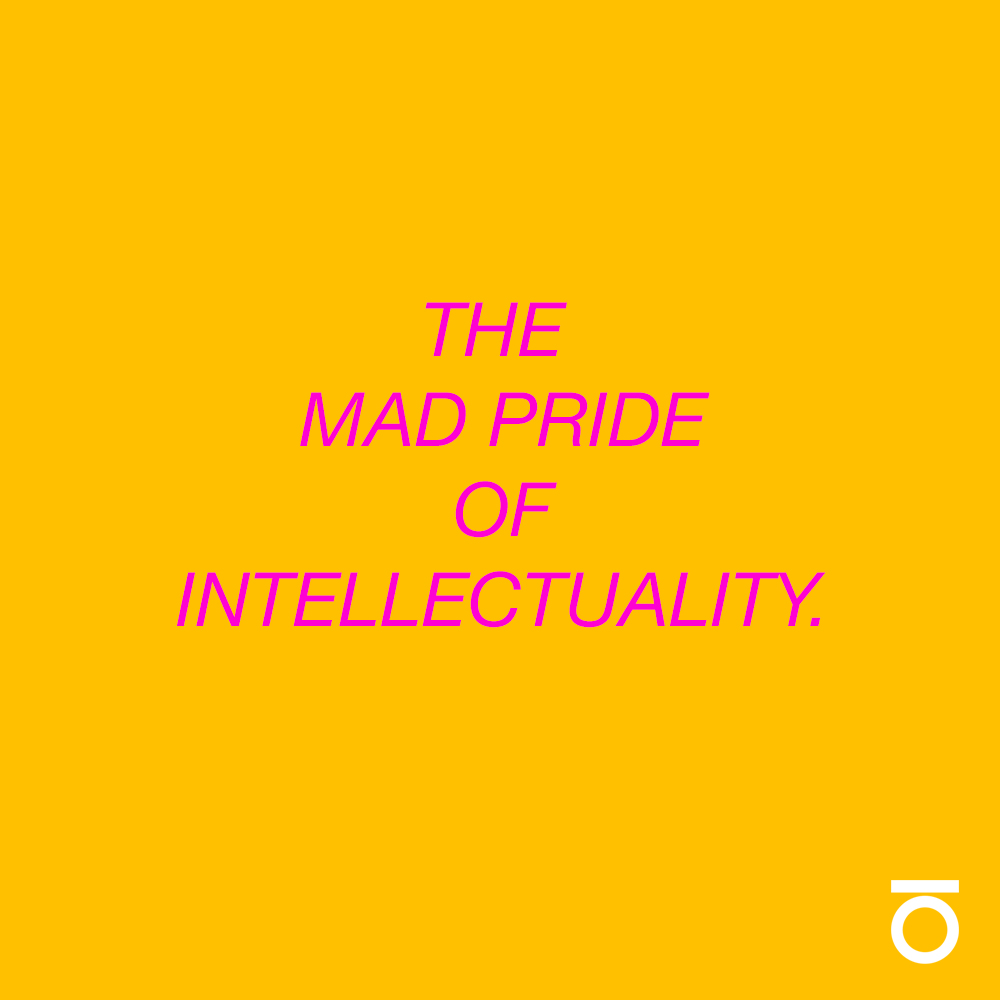What is simplicity? Is it a lack of detail? A withholding of information? Is it childish? Is it uncultured? Unintelligent? Unsophisticated? I suppose one might think so, but this is wholly inaccurate.
Simplicity is perhaps best defined as the minimal amount of elements and information necessary to accomplish a goal or convey a message. It is the idea of honing in so closely on the purity of the thought that all extraneous information is wiped away.
Massimo Vignelli described his role as a designer as a “sifter”. He was a man that would take the design and continually sift out the unnecessary clutter, verbiage, and decor, leaving only the heart and soul of the design itself. Perhaps this is an excellent way for all designers to approach their craft.
Make no mistake. This does not in any way imply that all design must be pure white space with a few sparsely placed words laid out against the grid. Not at all. Rather, simplicity in design should be the minimal – and therefore maximum – amount of input required for that particular message to be received. If the project requires a more ornate, baroque approach, then that is what should be done. If the design is sterile and modernistic, then so be it. But in either case, the designer should approach each task with a mindfulness of using all elements to their maximum efficiency.
With this in mind, all designers should be sifters in the way Vignelli described himself. Remove the clutter and get straight to the point.











